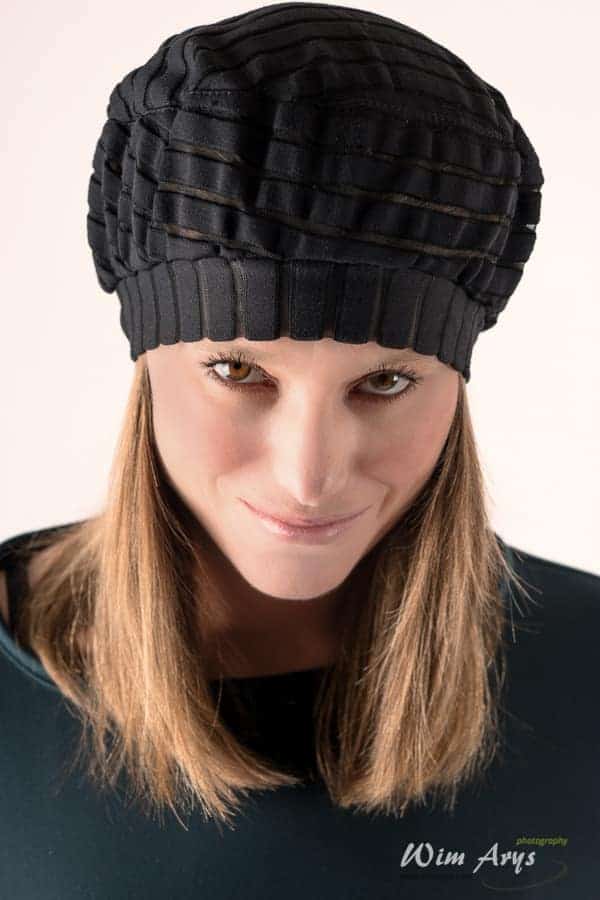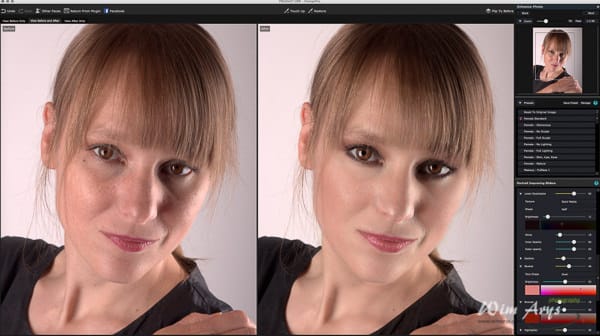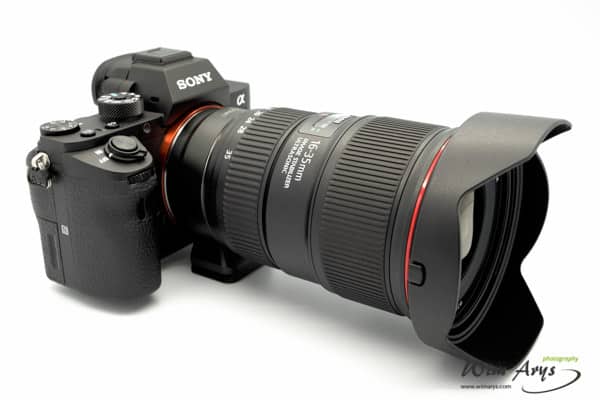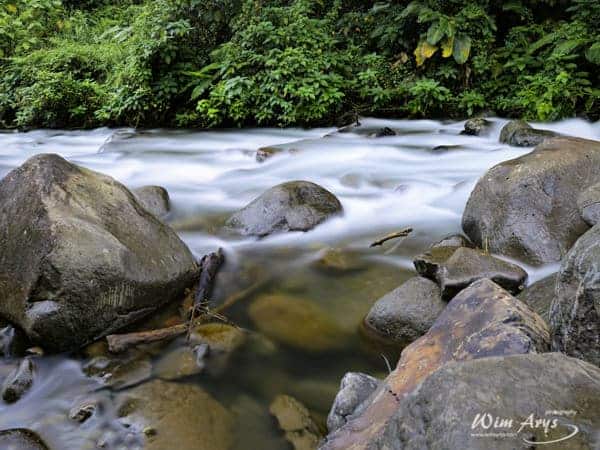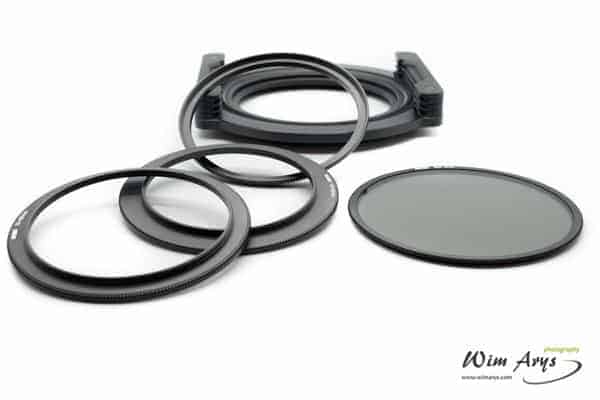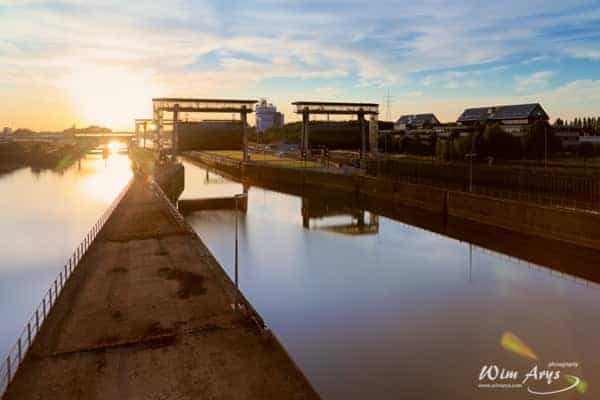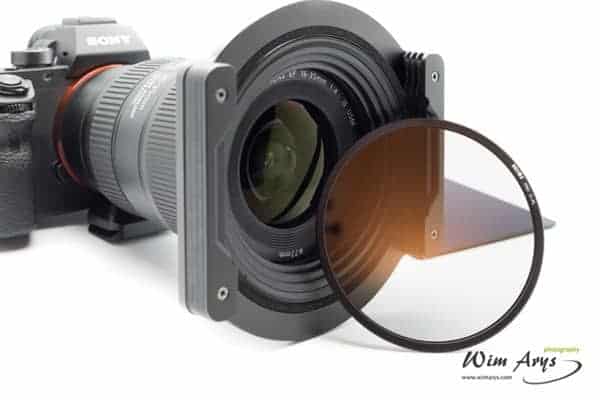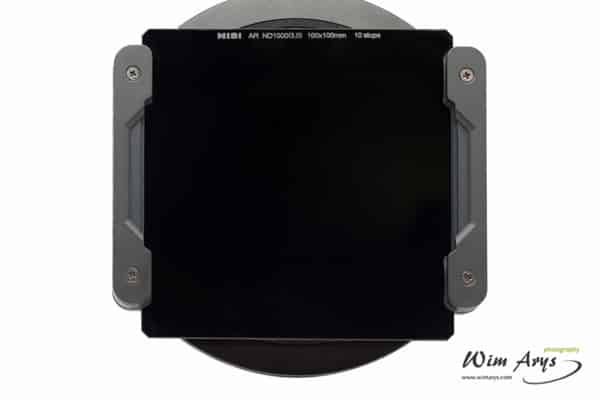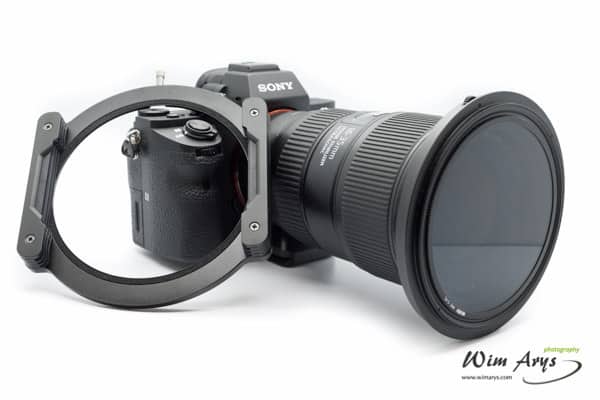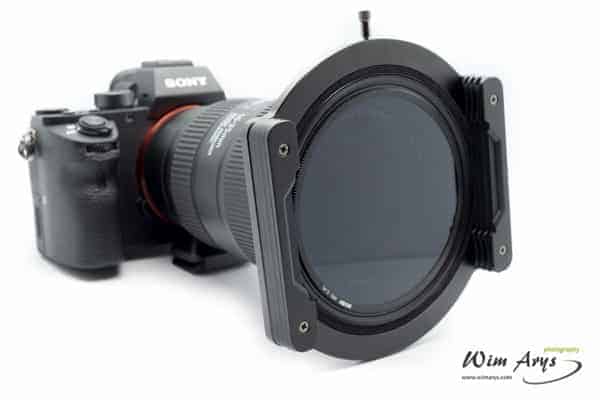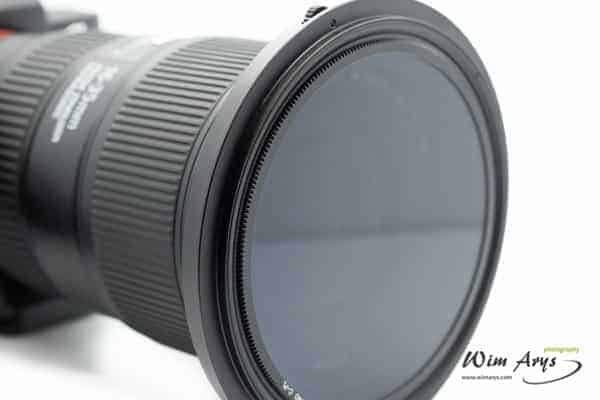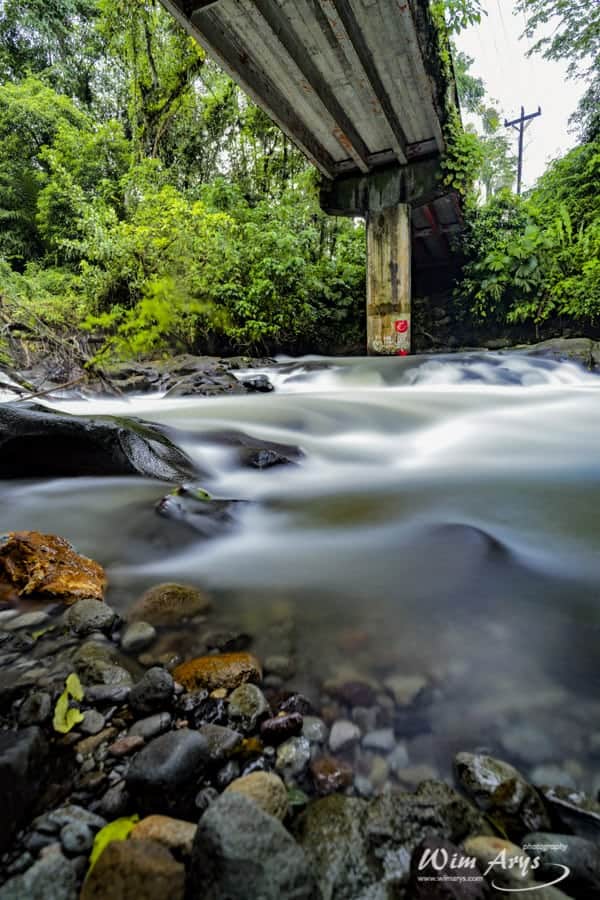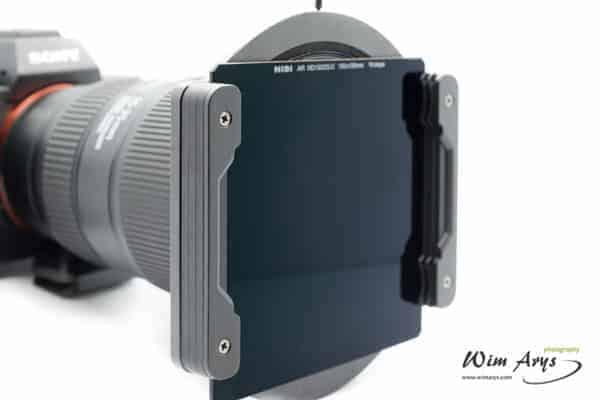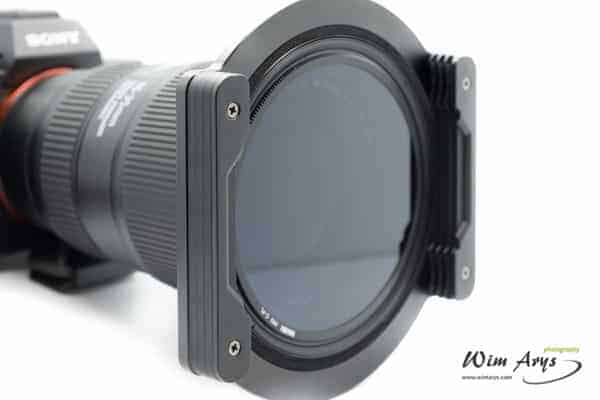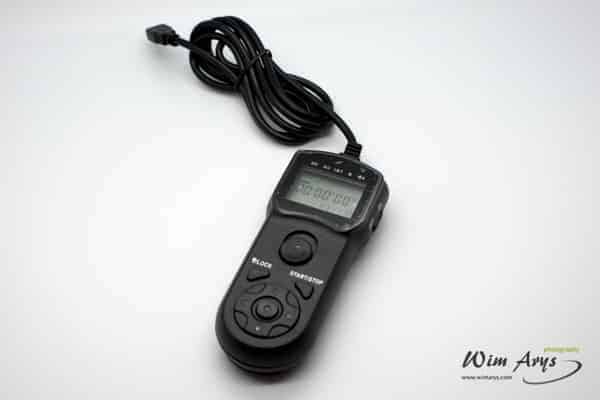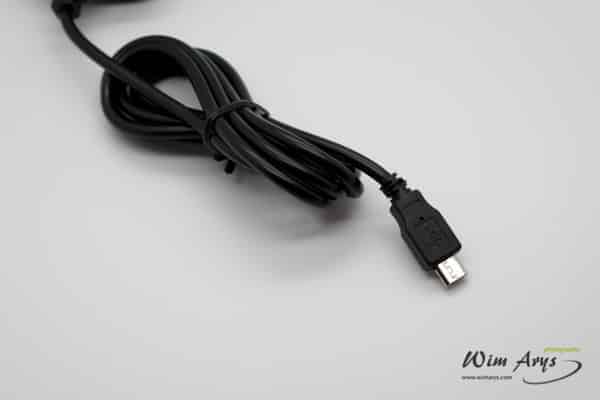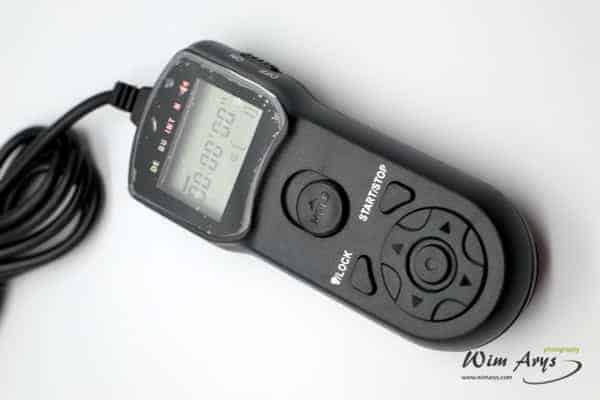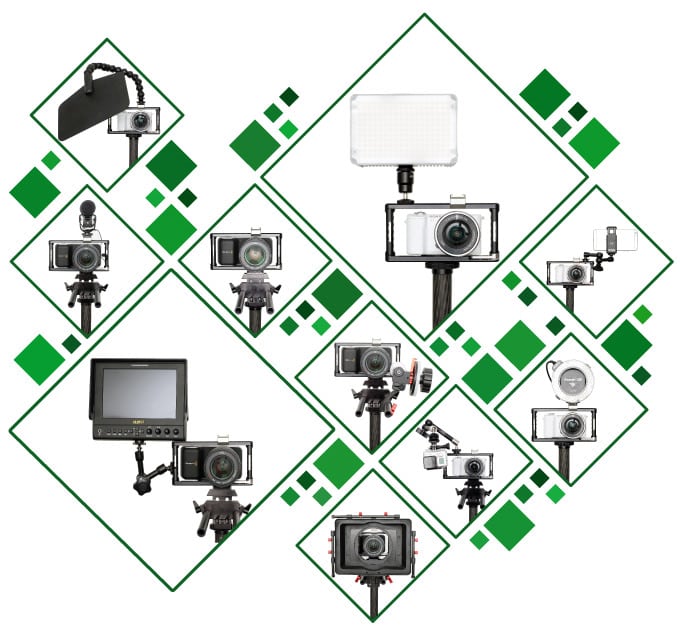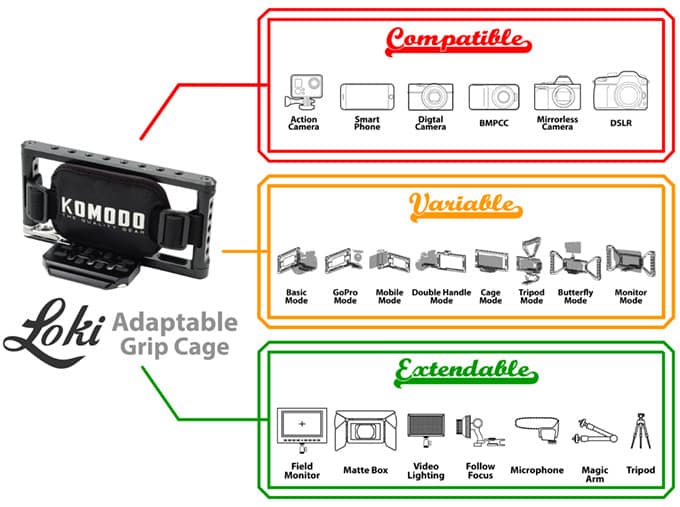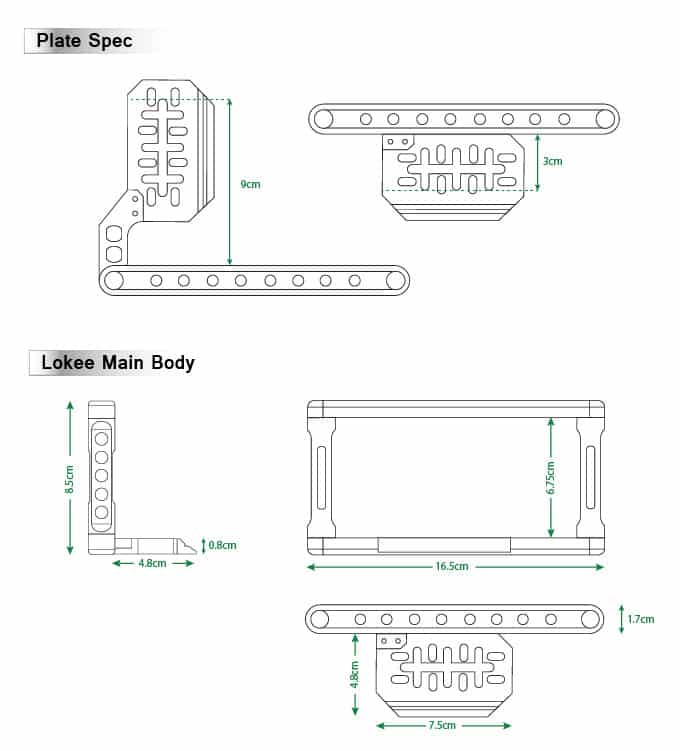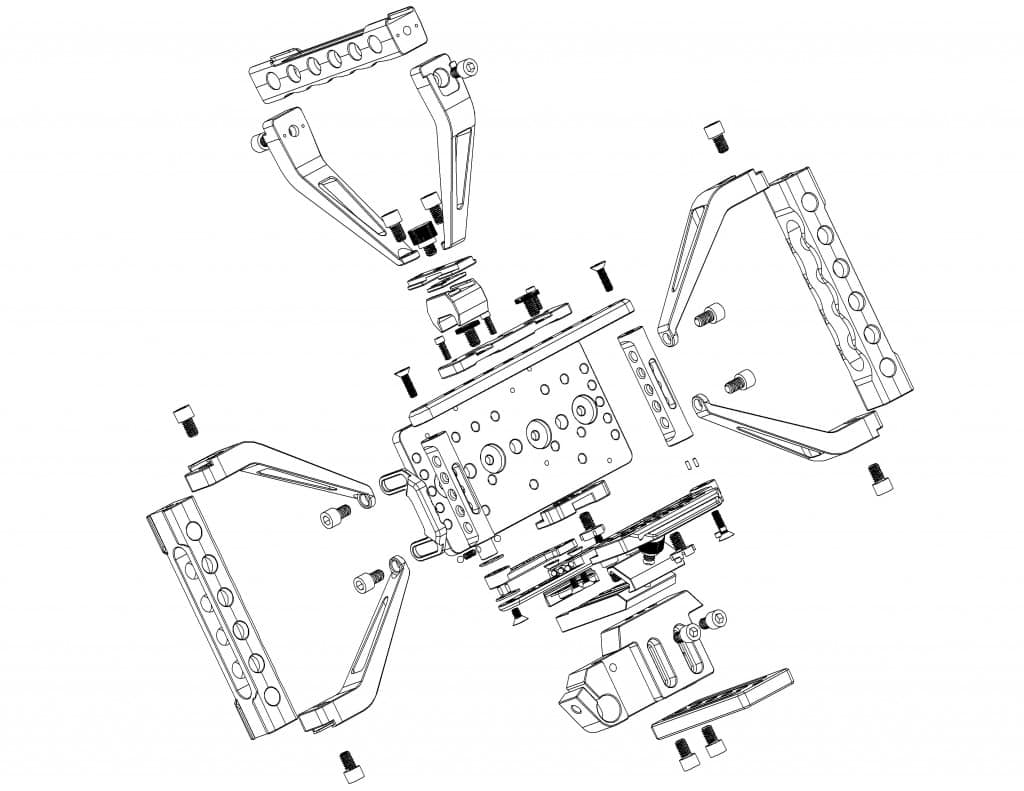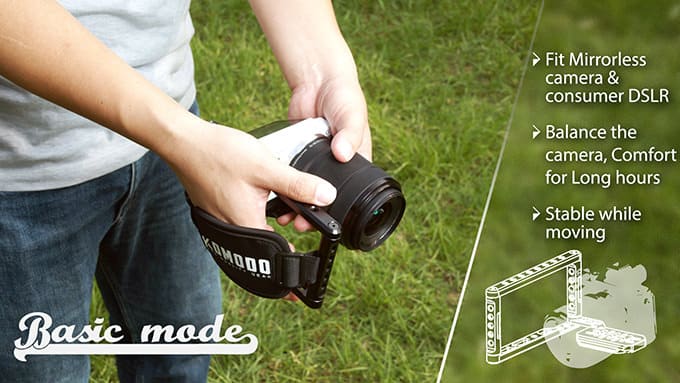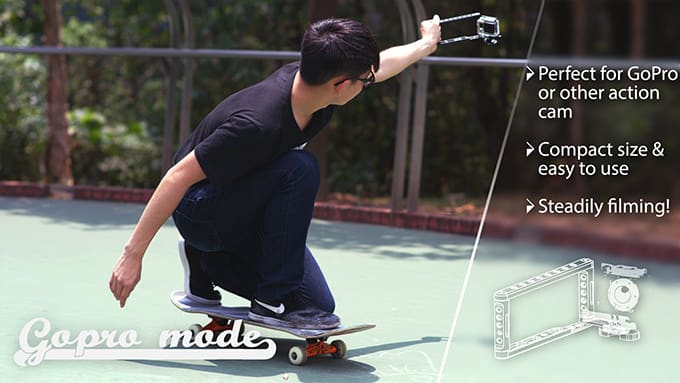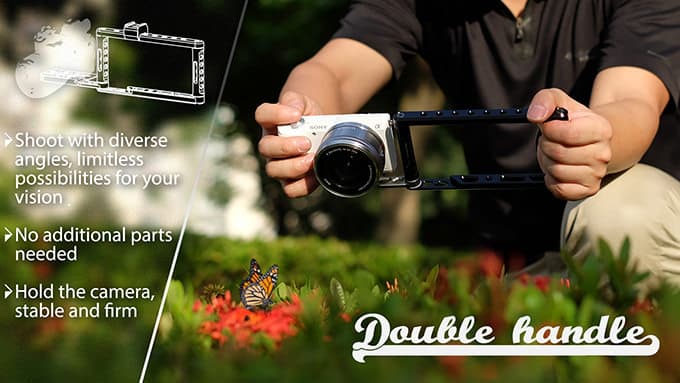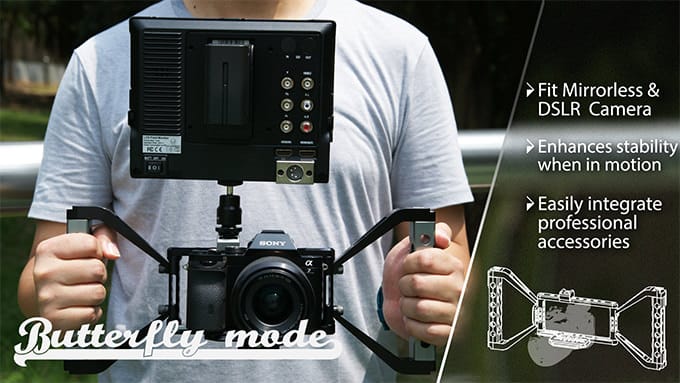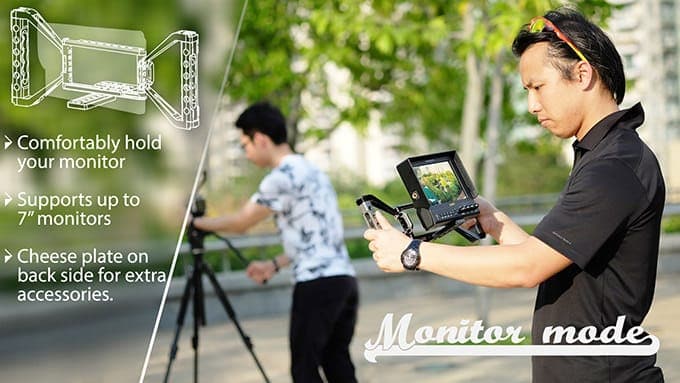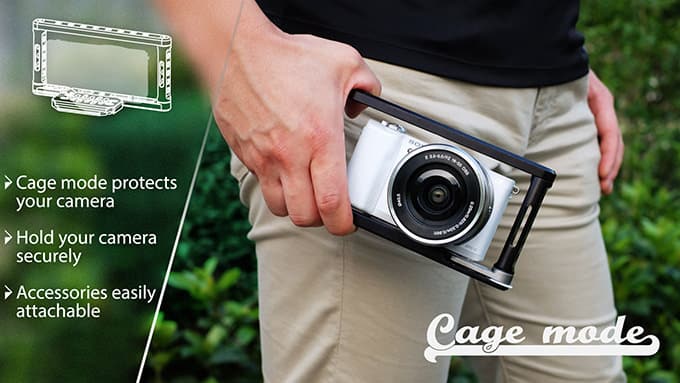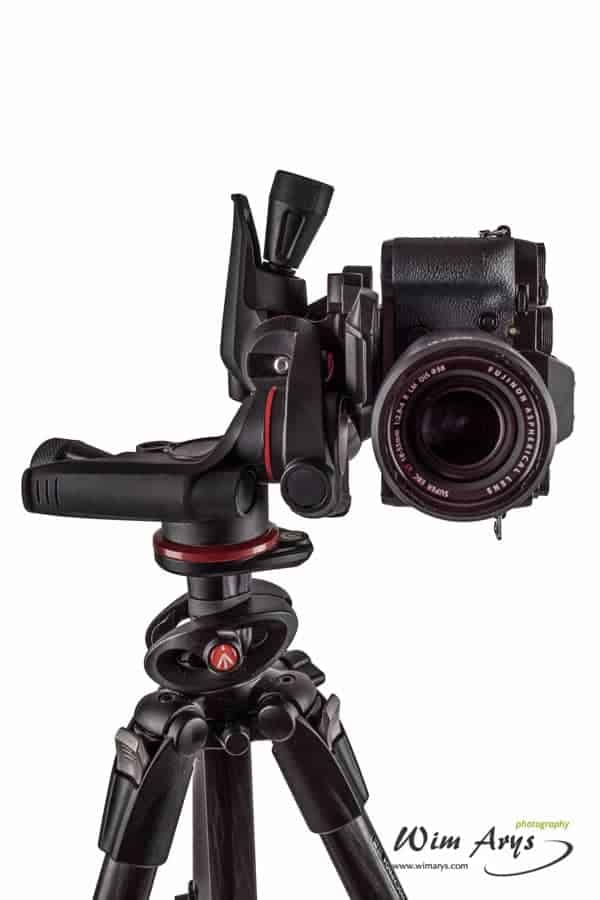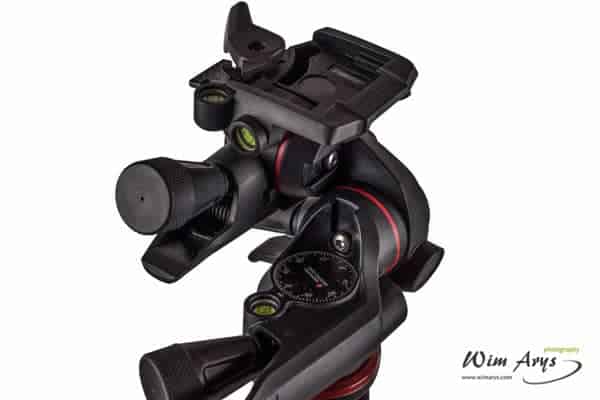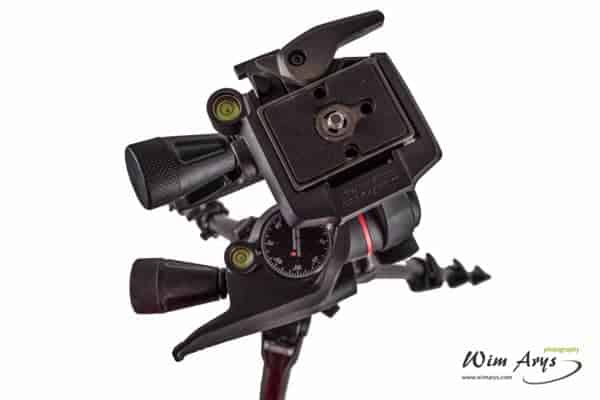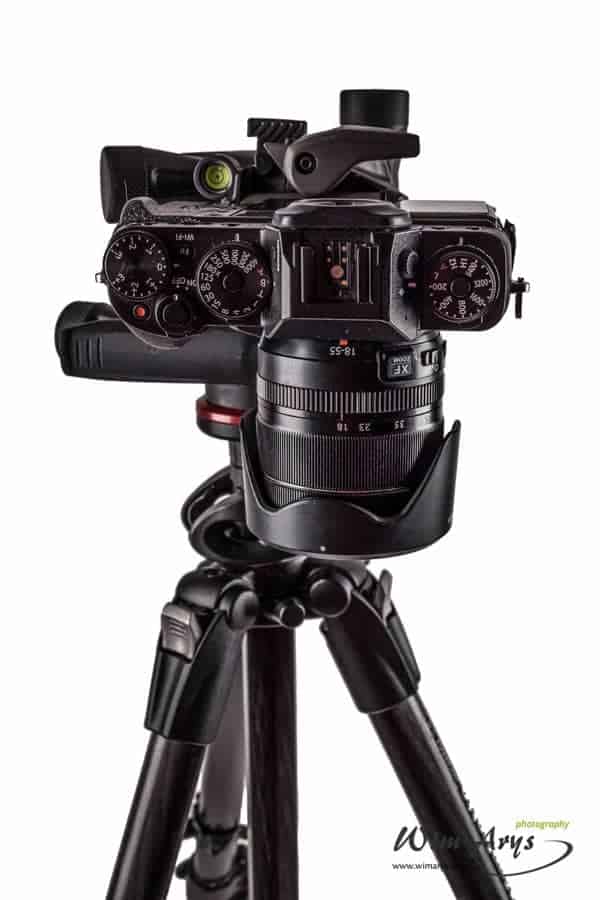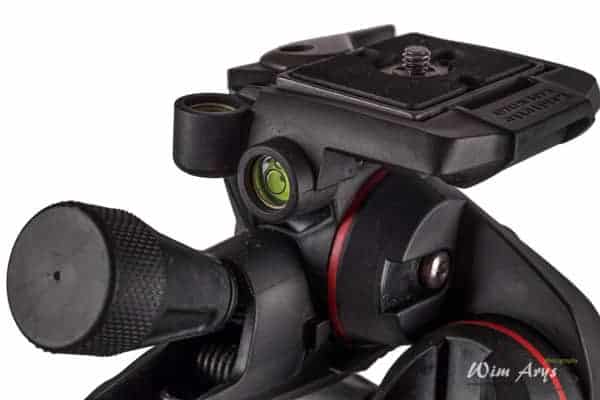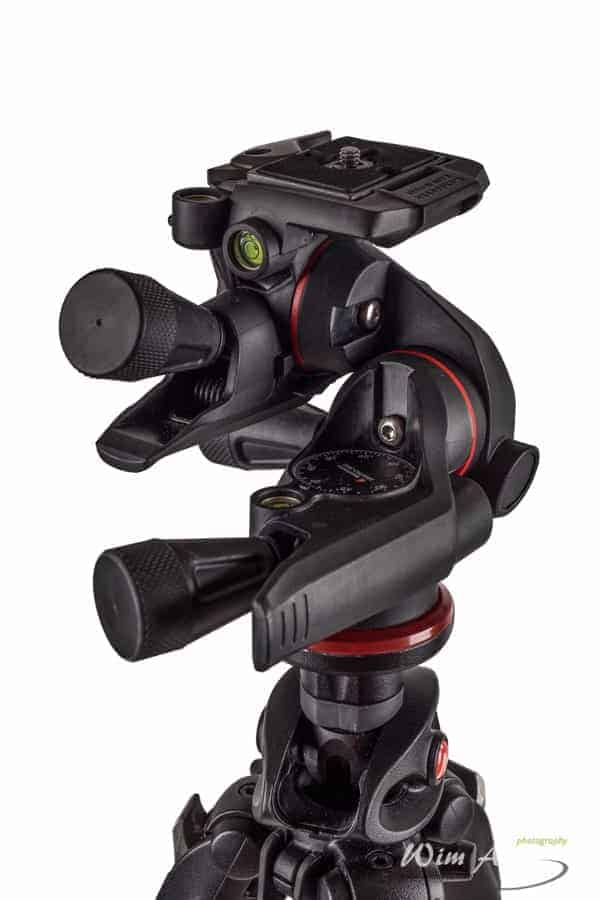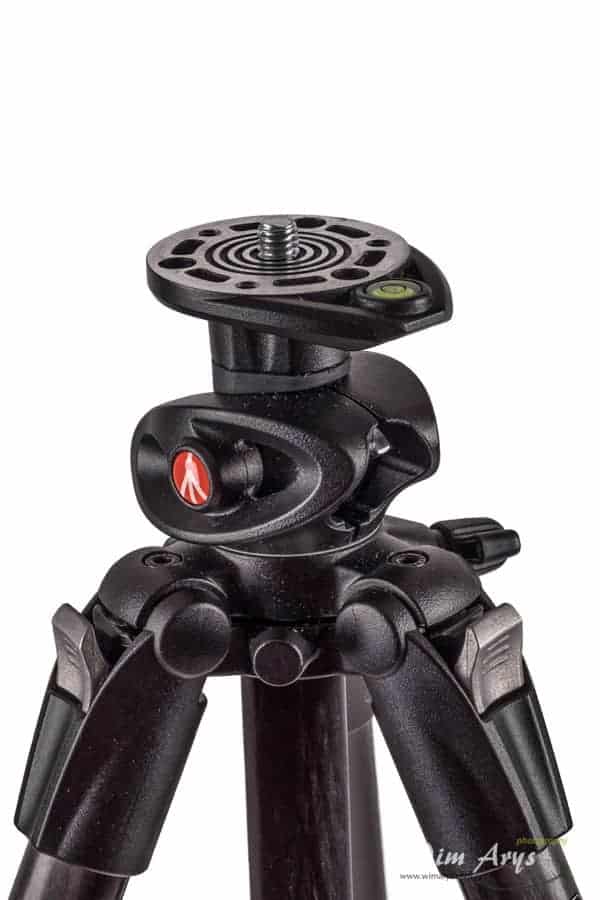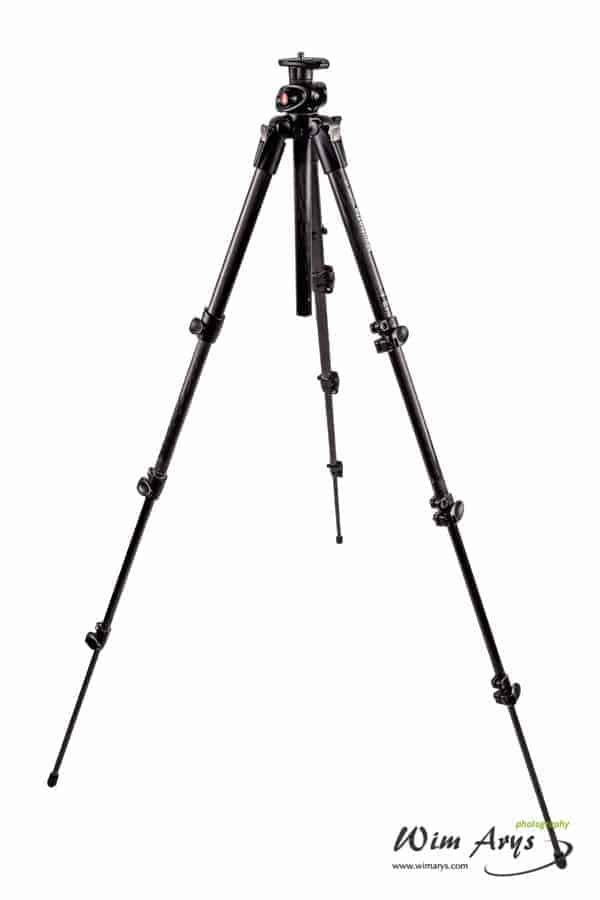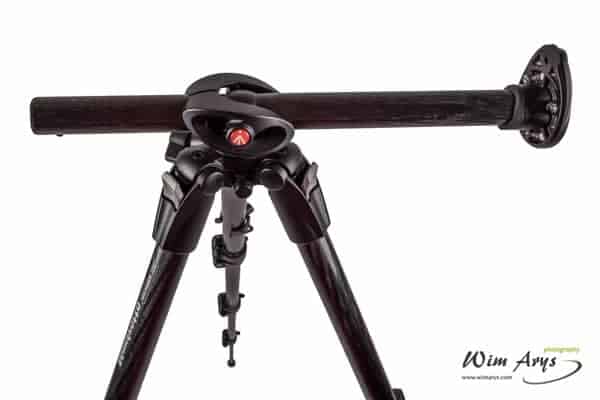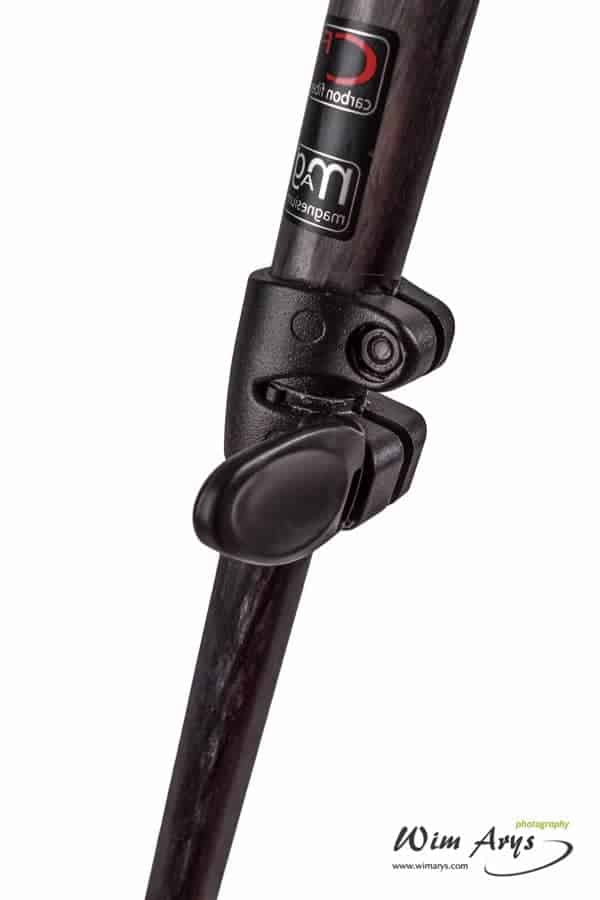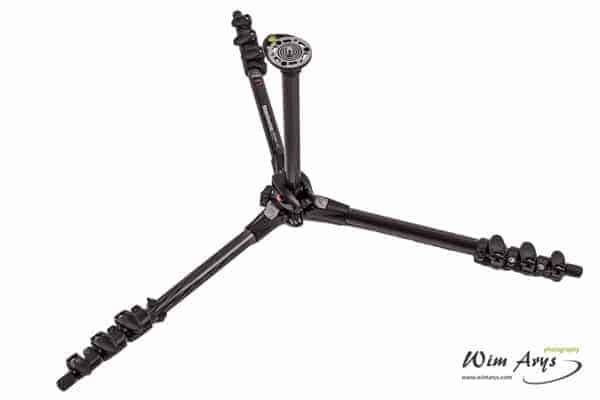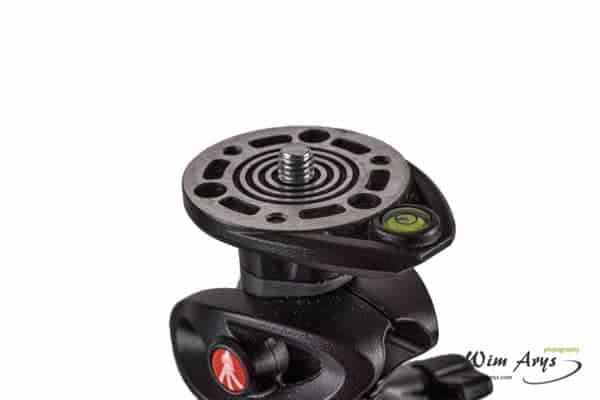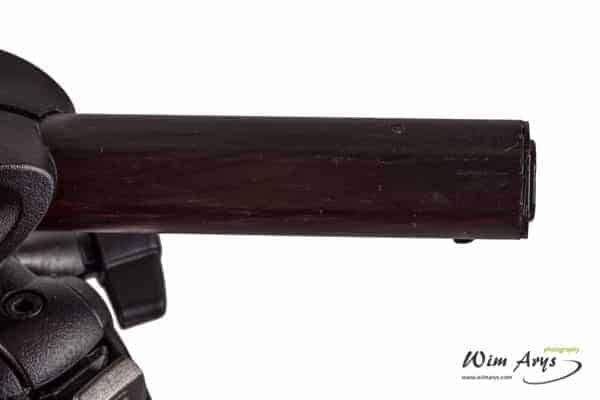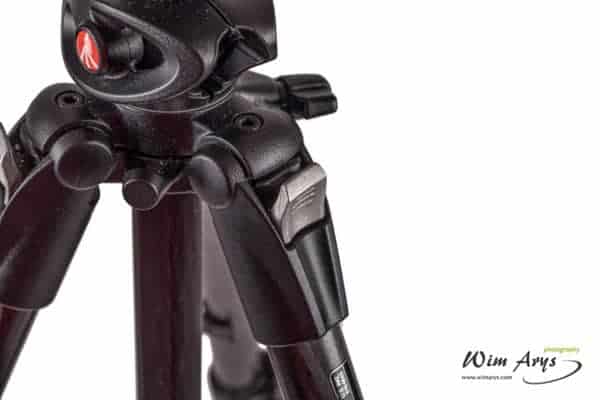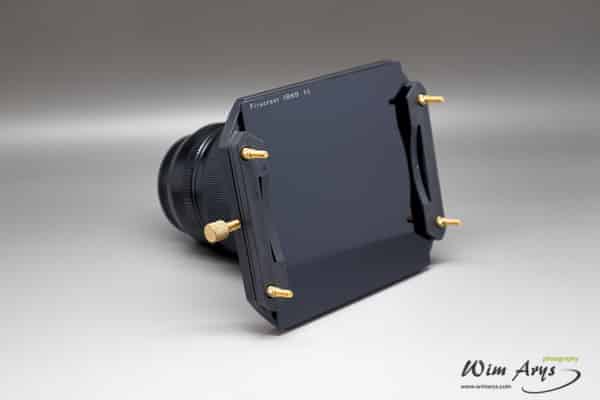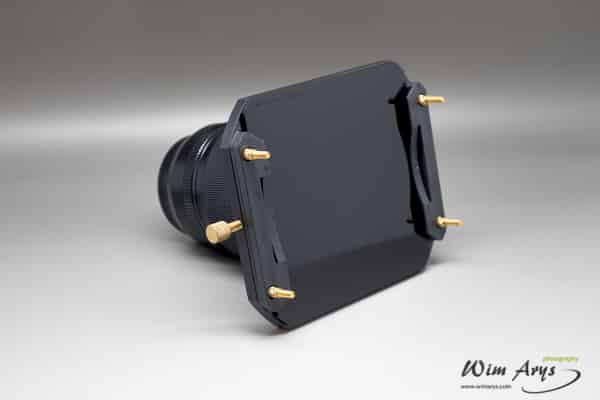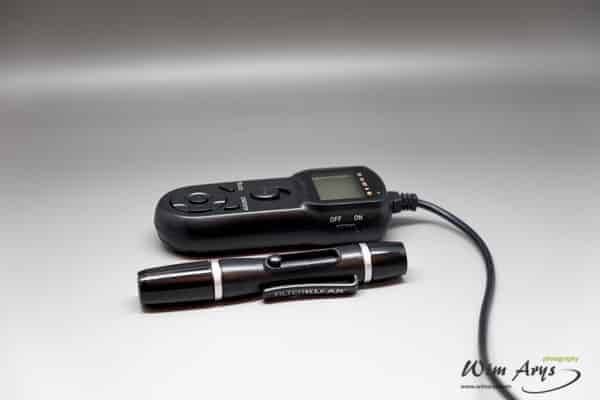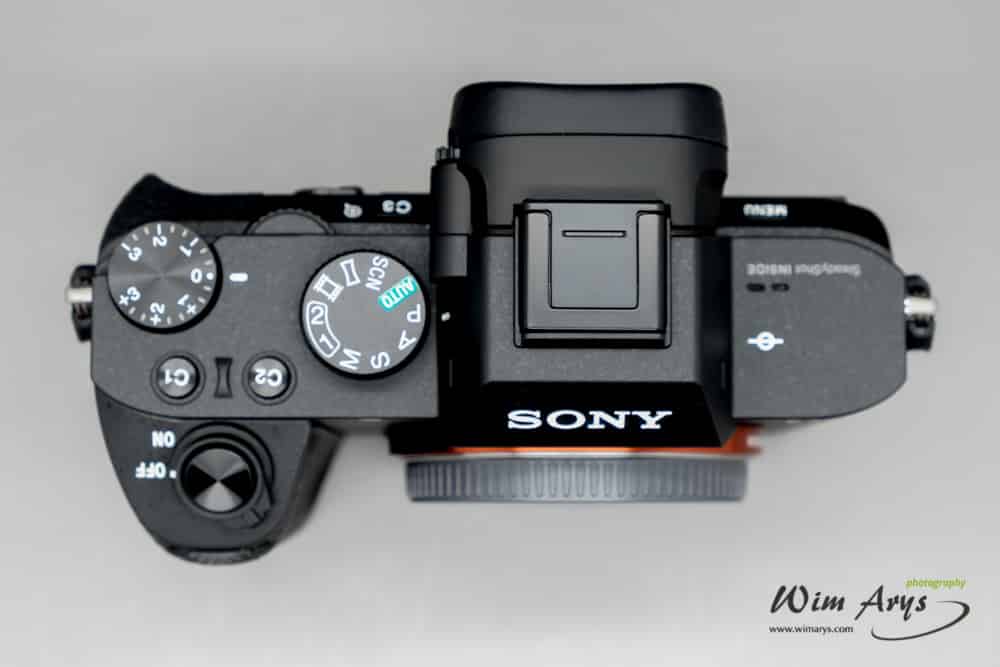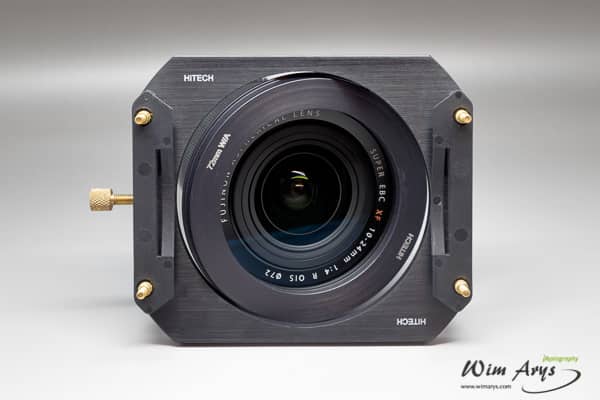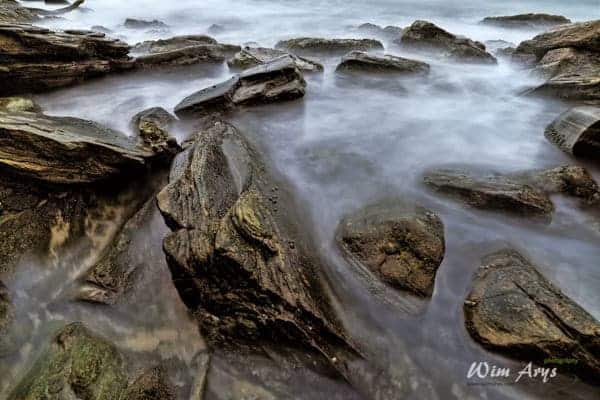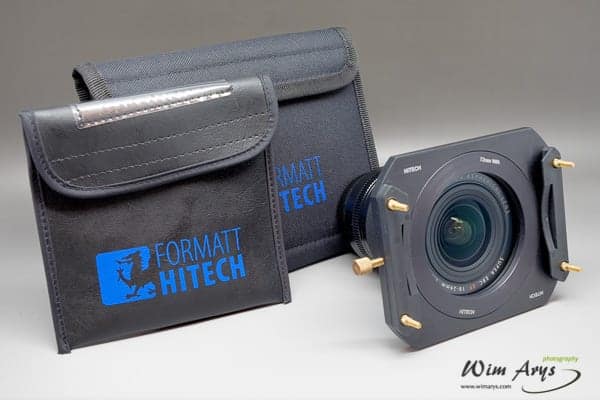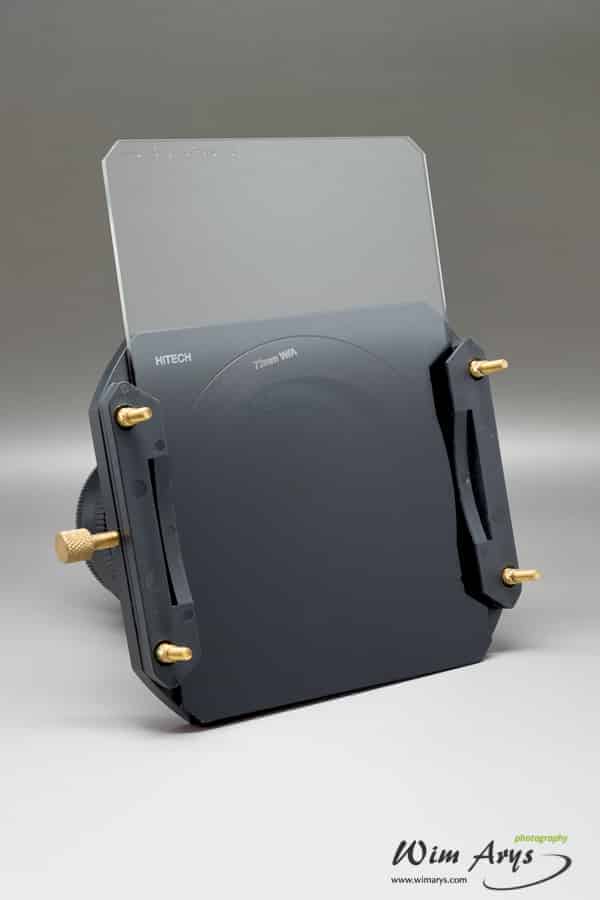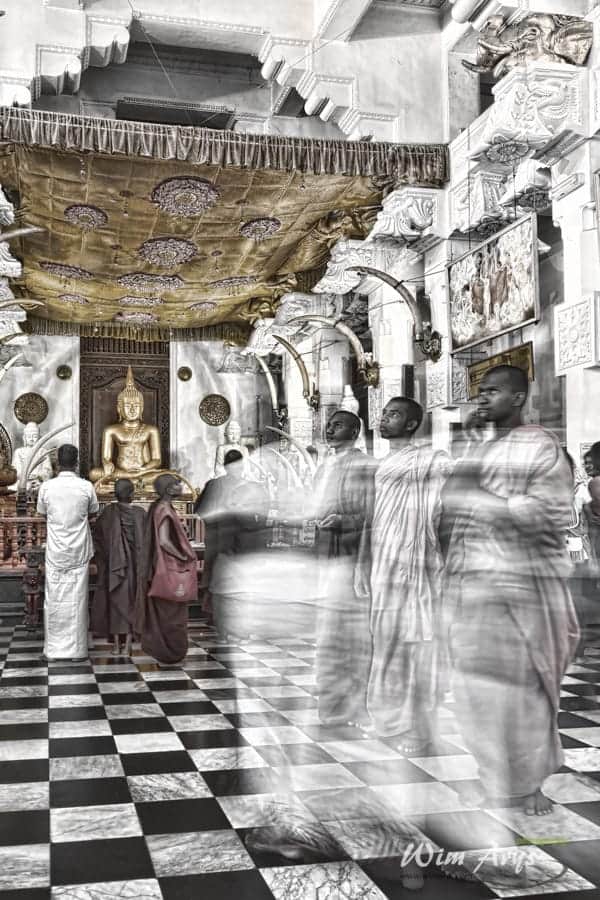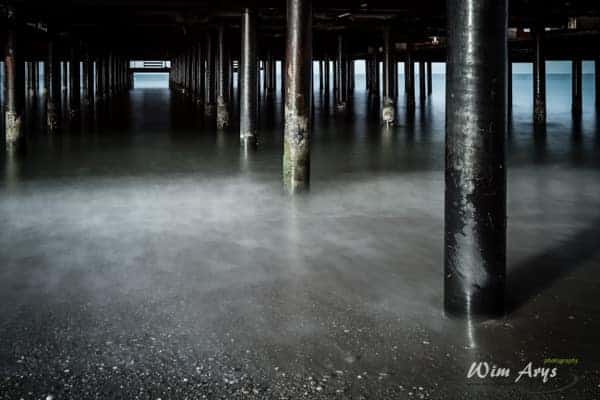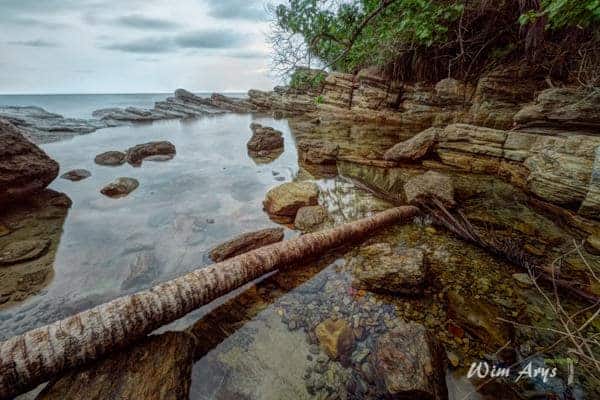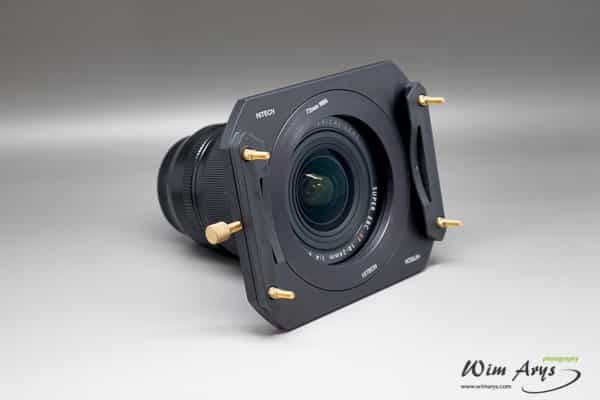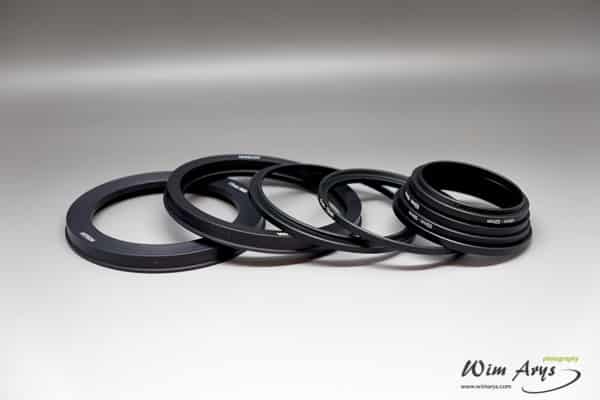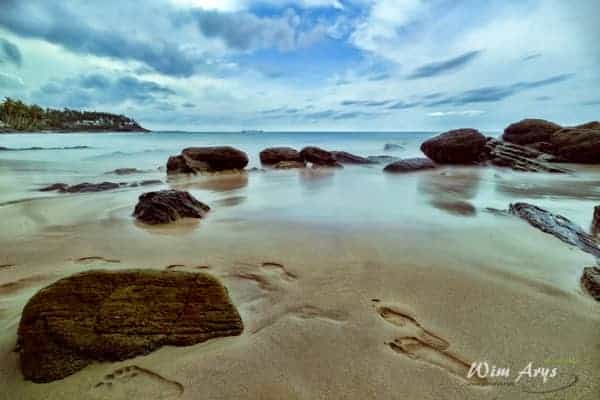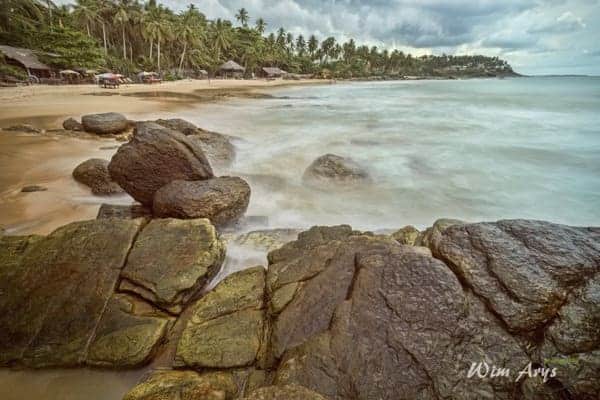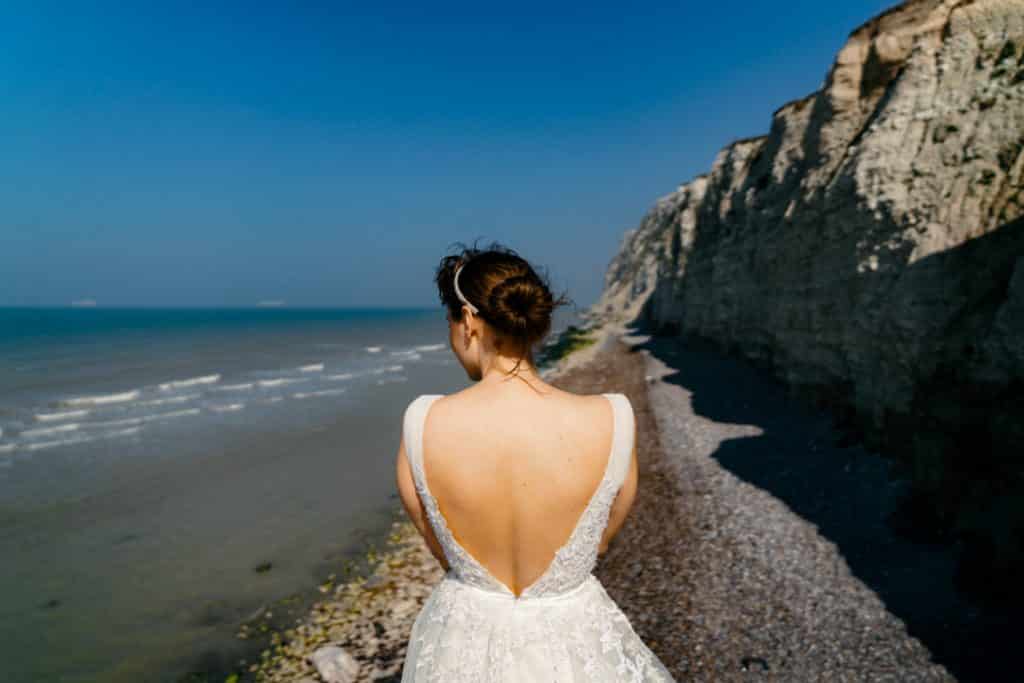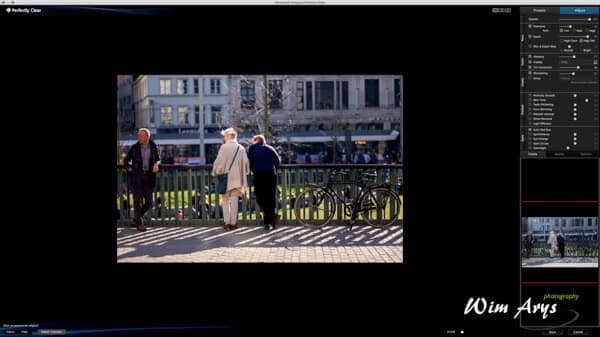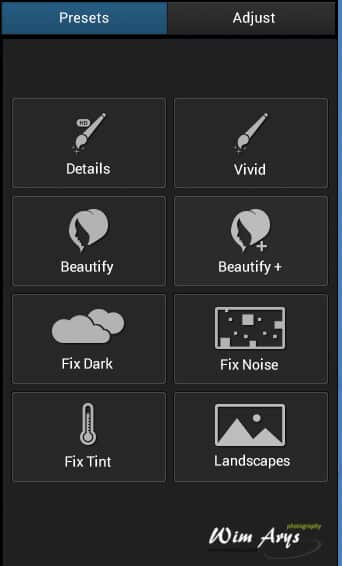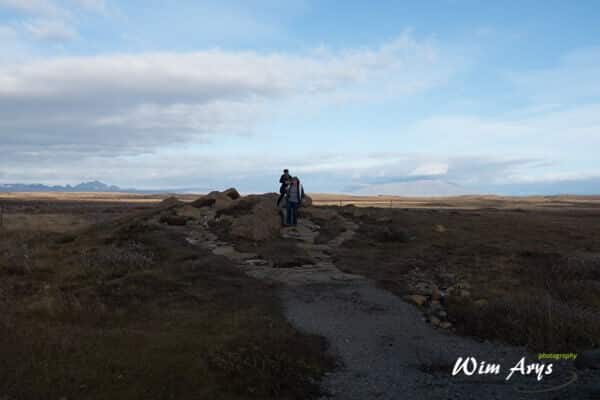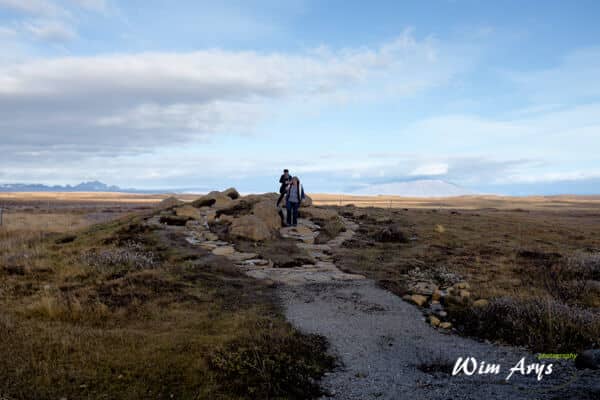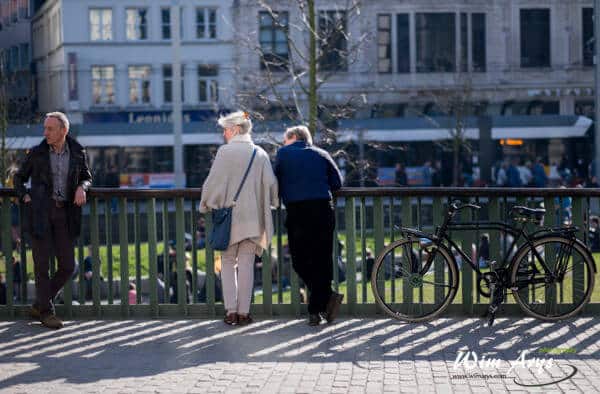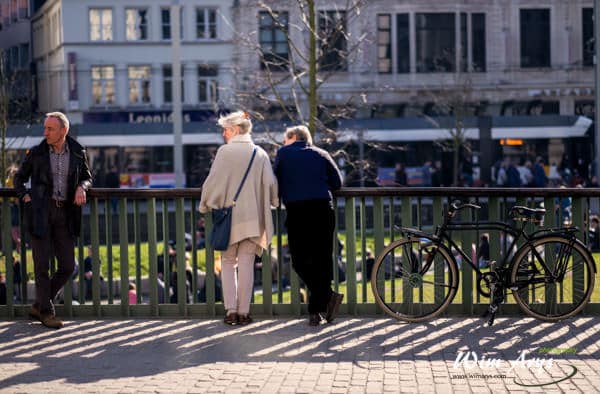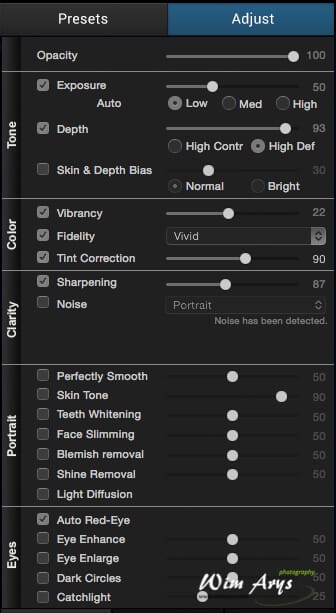Haida 150 Series Filter Holder for Tamron 15-30mm f/2.8
Introduction
Lenses like the Tamron SP 15-30mm f/2.8 have a bulbous front element that make in impossible to use any screw-in filter or filter holder. If you want to use an ND filter with a lens like this, you need to find an filter holder system specially designed for that lens. Lenses like the Tamron SP 15-30mm f/2.8 have a bulbous front element that make in impossible to use any screw-in filter or filter holder. If you want to use an ND filter with a lens like this, you need to find an filter holder system specially designed for that lens.
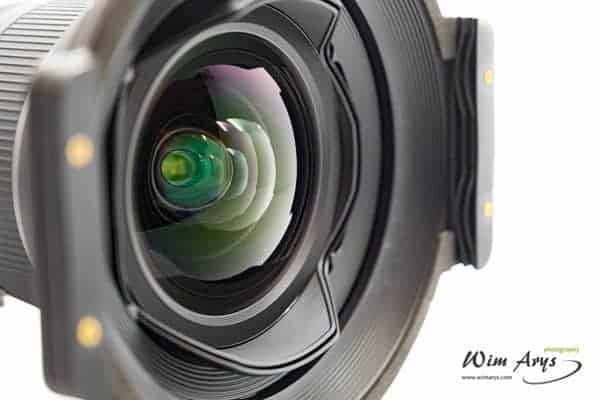
Haida has such a system called the 150 Series Filter Holder and compared to similar offerings from other manufacturers; it’s at least half as expensive. But does this lower price mean a lower quality item? Let’s find out in this review.
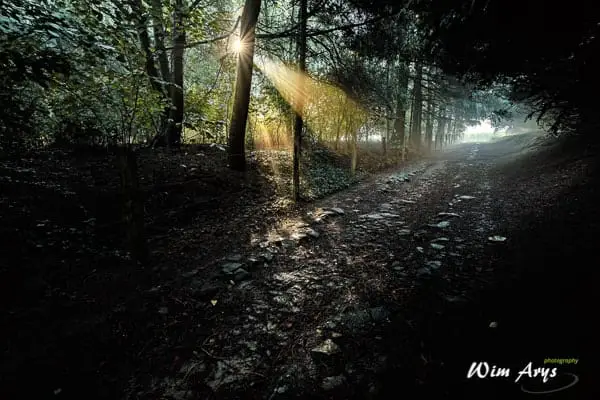
Haida 150 Series Filter Holder
Haida has a 150 Series Filter Holder System that they produce for the most popular bulbous front element wide angle lenses:
- Olympus M. ZUIKO DIGITAL ED 7-14mm 2.8 PRO
- Nikon 14-24 2.8G ED
- Tamron 15-30 2.8 Di VC USD
- Canon 14 2.8L II
- Canon 17 TS-E
- Sigma 12-24 4.5-5.6 DG HSM II
- Samyang 14 2.8 IF ED UMC
- Tokina 16-28 2.8 PRO AT-X
- Olympus M. ZUIKO Digital ED 7-14mm 2.8 PRO Lens
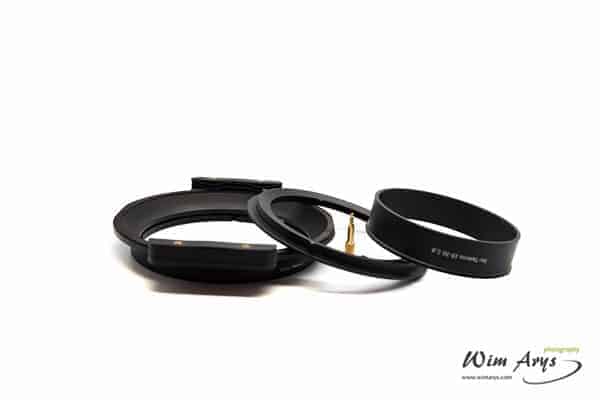
The Haida 150 Series Filter Holder kit includes the filter holder itself, a front ring, locking ring, gaskets and a copper fix screw. The holder, front ring and locking ring are made of high-quality industrial grade aluminium. The 15 cm filter holder is 360° rotatable and locks with the copper fix screw.
This system allows you to use up to two stacked ND filters without any vignetting.
150mm filters available from Haida
Although you can use any 150mm filter (like Lee Filters) in the Haida 150 series filter holder system, Haida has a range of high-quality Optical Class filters too.
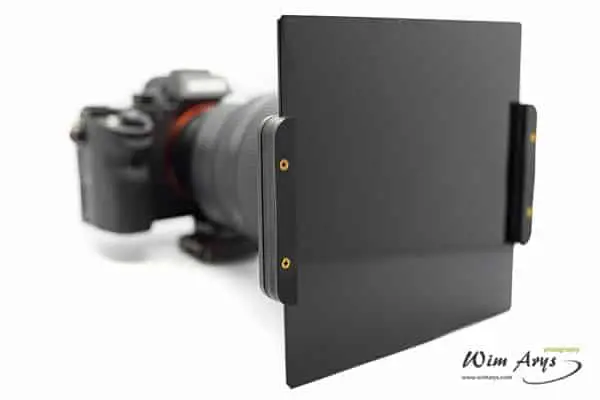
- ND0.3,2x Optical Glass Neutral Density Filter
- ND0.6,4x Optical Glass Neutral Density Filter
- ND0.9,8x Optical Glass Neutral Density Filter
- ND1.8,64x Optical Glass Neutral Density Filter
- ND3.0,1000x Optical Glass Neutral Density Filter
- ND3.6,12 Stops Optical Glass Neutral Density Filter
- 150 Series C-POL
- 150 Series PROII MC Soft Graduated ND0.3
- 150 Series PROII MC Soft Graduated ND0.6
- 150 Series PROII MC Soft Graduated ND0.9
- 150 Series PROII MC Soft Graduated ND1.2
- 150 Series PROII MC Hard Graduated ND0.3
- 150 Series PROII MC Hard Graduated ND0.6
- 150 Series PROII MC Hard Graduated ND1.2 I
- 150 Series PROII MC Hard Graduated ND0.3
- 150 Series PROII MC Hard Graduated ND0.6
- 150 Series PROII MC Hard Graduated ND0.9
- 150 Series PROII MC Hard Graduated ND1.2
- 150 Series PROII MC Hard Graduated ND0.3
- 150 Series PROII MC Hard Graduated ND0.6
- 150 Series PROII MC Hard Graduated ND0.9
- 150 Series PROII MC Hard Graduated ND1.2
- 150 Series PROII MC Reverse Graduated ND0.6
- 150 Series PROII MC Reverse Graduated ND1.2
Haida 150 Series Filter Holder in use
The assembly of the 150mm series filter holder for the Tamron SP 15-30mm f/2.8 is quite easy.
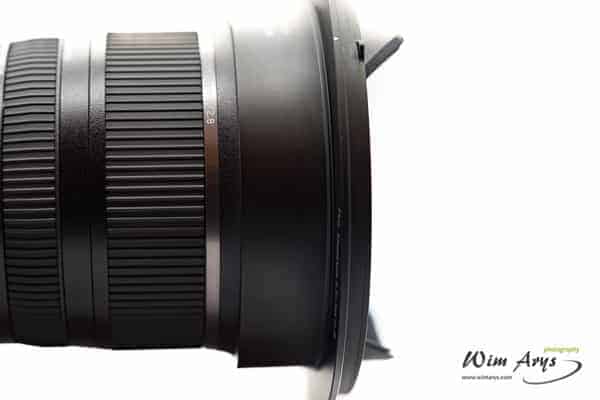
The locking ring slides over the lens barrel from the mount upwards. The locking ring slides over the lens barrel from the mount upwards.
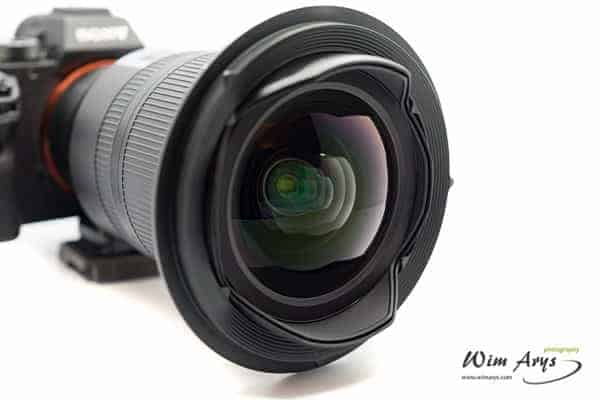
The second step is screwing on the front ring that is held into place on the fixed lens hood by four triangle pins. The second step is screwing on the front ring that is held into place on the fixed lens hood by four triangle pins.
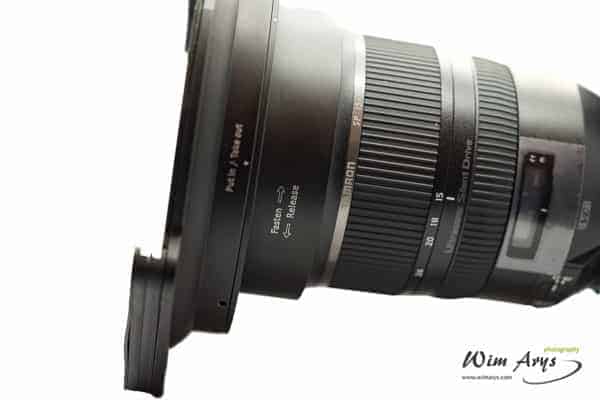
When these elements are firmly in place, you can simply mount the filter holder onto the front ring.

The filter holder can be locked for either portrait or landscape orientation by using the copper pin provided.
Once assembled, the construction looks very sturdy. Clear markings on the front ring and locking ring show you how to disassemble the unit. You’ll be happy to know that assembly and disassembly of the filter holder can easily be done without damaging the lens itself.
An advantage of a system like this is that since the lens hood is the fixed type, you can still benefit from the shading provided to eliminate lens flare. If, on the other hand, you’d be using a filter thread system on another lens, you’d lose this benefit.
150mm filters in use

I had the chance to try two 150mm filters from Haida: the PROII MC Soft Graduated ND0.9 Insert Filter and the ND3.0, 1000x Optical Glass Neutral Density Filter. Both performed very well with almost no color cast. In certain situations like low light shooting at dusk and dawn, it will warm up your image towards the warm side, but this is easily corrected in post processing. The filters are made out of high-quality coated optical glass, and I had no issues with flare either.
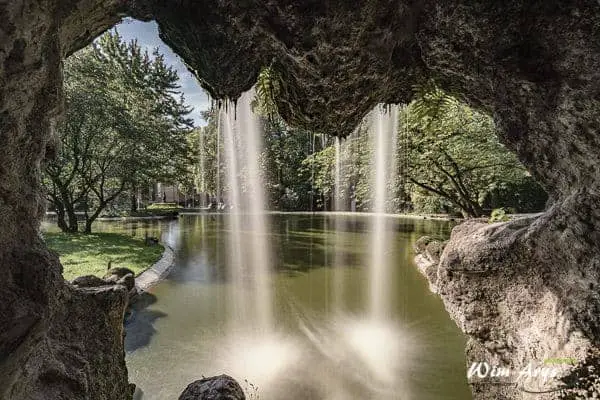
These 150 mm filters come very well packaged and each have a padded soft sleeve and seem to be quite durable. I’ve had no signs of wear and tear thanks to the felt used in the flocked inner ring and padding on the filter holder inserts. But filters this large should always be handled with care, so a setup like this is perhaps not the best solution for travel photography.
Conclusion
The Haida 150 Series Filter Holder is an excellent option for a 150mm filter holder for the Tamron 15-30 lens. It is much less expensive than the competition and features an excellent build quality. All parts fit very well and are made from high-quality aluminum. I like the fact that there is only one screw to look after, and even if lost the unit will continue to function, as this pin is simply used to lock the rotation down. The set came with two thin foam light-blocking gaskets already installed and there are three additional sets in case you need them down the road. I don’t think there is a better alternative in this price range or even double the cost.
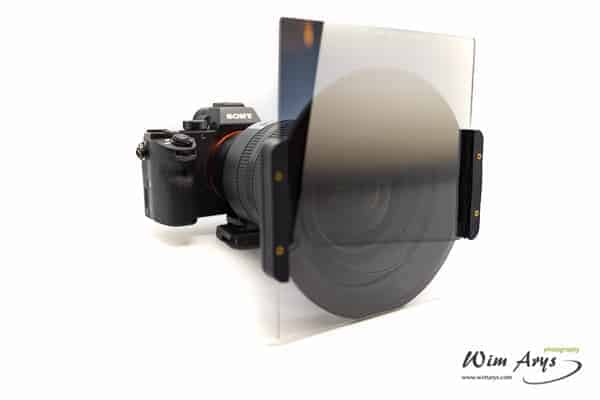
The PROII MC Soft Graduated ND0.9 Insert Filter and the ND3.0, 1000x Optical Glass Neutral Density Filter produced zero vignetting, even when used together. Compared to more expensive 6-stop and 10-stop multicoated filters, these Haidas impart practically no colour cast and are also sharper. Optical glass always seems to perform better than resin filters (like Formatt Hitech). Haida filters are a fraction of the cost of Lee and appear to be at least as good in terms of quality.
Purchase and availability
You can find more information on where to purchase Haida filters and filter holders on their website: www.haidaphoto.com.

